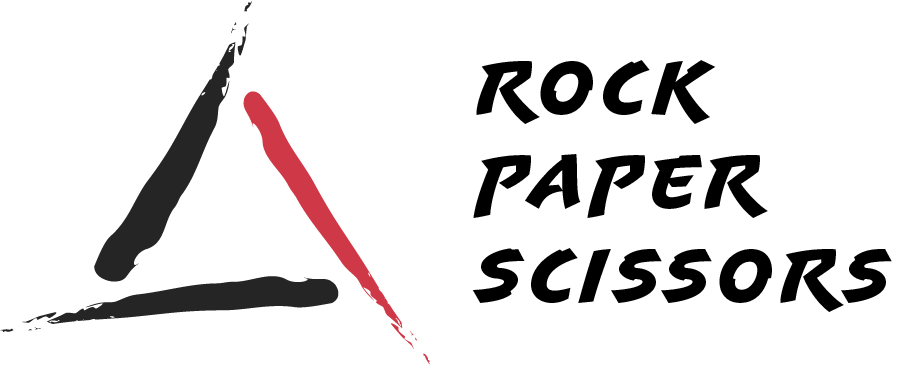“Having the right team is crucial for your business success and sustainability.”
There are two kinds of resources that works for a company: your internal team and external team (vendors, freelancers). A company has a bunch of reasons to hire one of them or even both. However, what is the difference between the two of them? Which one is better for your business and when we can use them? Is there any possibility to build a hybrid team (blended internal team and freelancer)? If so, how it works?. We’ll help you to answer those questions.
The Difference Between Internal Team and Freelancer
The difference between internal team and freelancer is based upon the independence of the worker. As an internal team, the worker will be paid on a regular basis for guaranteed work. The internal team is a permanent part of the business structure or day-to-day operations. Therefore, they will receive benefits such as health insurance, vacation pay, and pension. In exchange, the people in the internal team will work full-time for you. They may have a side hustle, but their commitments are yours primarily. Internal team will be under your control as an employer completely. You have control over the kind of works they do and when they have to do it.
Then we look at the meaning of being a freelancer. Freelancers are workers who operate under their own business. They have their own schedules and the payment will be received after their work is completed. Freelancers use their own tools to do their work, as well as decide the project or business they want to work on. They are not fully under your control. Therefore, freelancers are not eligible to receive the benefits of an internal team employee. They also usually have more than one client and advertise their own services.

Pros and Cons of Internal Team and Freelancer
There are advantages and disadvantages to hiring these two types of workers.
Hiring Internal Team
Pros
- They will have a vested interest in your business because they are bought into your idea and project.
- They can solve the problem faster because they can direct their attention to your business immediately without any distraction. That also makes them more reliable.
Cons
- They are generally more expensive and you need to ensure they do work well as per your expectation.
- Talent can be difficult to find.
- They have employment rights you need to fulfil.
Hiring Freelancer
Pros
- They specialise in one area and that’s exactly why you want to hire them particularly for one job.
- They have varied experience with many different projects and clients.
- They’ll save your money and have a short time commitment.
- You pay only upon agreed task completed well.
Cons
- Nothing actually stops them from not doing the task assigned to them.
- They may also may need training.
- No guarantee of deliverables.
Determine Your Business Situation Before Hiring
So which type of worker is better for your business? First, you need to know about which phase is your business; the function, and any unique situation. Especially when your business is a startup.
If you’re in the seed phase: you need a lot of flexibility for your staff. Basically, it’s a good idea to have a higher number of freelancers in your business and a small number of employees to direct the ship if you prefer an internal team.
If you’re in a growth phase: that means you are more likely to be settled and need people who are going to help you in growing the business. On this phase, having a high number of internal team will be better. At this point you need less flexibility and more reliability. Some of core functions such as product and technology development, sales, marketing, and HR is an essential for your company. On the other side, supporting role can still be managed by freelancers.
Get A Hybrid Team
Building a hybrid team means you combine internal team with freelancer. It may feel like a gamble, but the result can be great: freelancer can fill skills gaps in your core team, scale the capacity during busy periods, and take on big initiatives so they’re not put on hold. Research shows that 70% of managers at Fortune 100 companies have a least one remote worker on their teams. That means the hybrid can work out in an amazing way. Before you build a hybrid team, you need to provide plans and rules for self-service access to resources and structured teams, which are the kind of worker for the core works and project-based works. Then the last way in system management is establishing workflows to build in prioritization and reviews.
Conclusion
The hiring strategy can improve business flexibility. The reason is flexibility in business serves as the ability for a company to make any internal changes. It's necessary to respond effectively to the changing outward environment, as quickly as possible. Therefore, hiring in your business is an important part of its sustainability. You need to asset every situation you have before the hiring process begin.
Rock Paper Scissors is the missing link between business and technical world. We translates business language into technical, and technical limitation into business constraints. We guide organization and individuals alike to create their own digital product and navigates all the complexity of product creation process. Find out more.
References:
https://blog.buckets.co/freelancer-vs-internal-staff-whos-better-why-when-do-i-use-each-1766c3584f22
https://www.creativecircle.com/blog/freelancer-vs-employee/
https://www.heartinternet.uk/blog/hiring-freelancers-vs-permanent-employees-pros-cons/
https://www.cleverism.com/freelancers-vs-employees-best-startup/
https://www.business2community.com/brandviews/upwork/how-do-you-keep-a-hybrid-team-on-track-02197413
